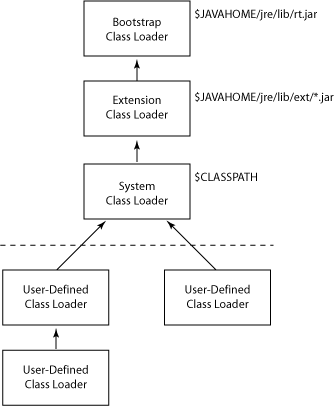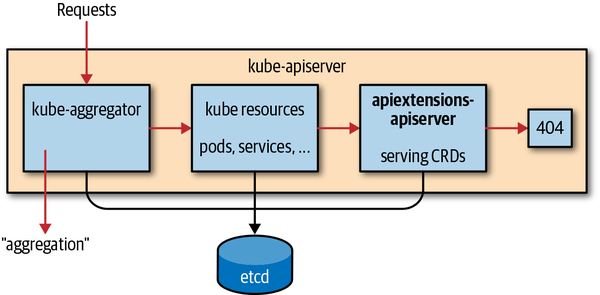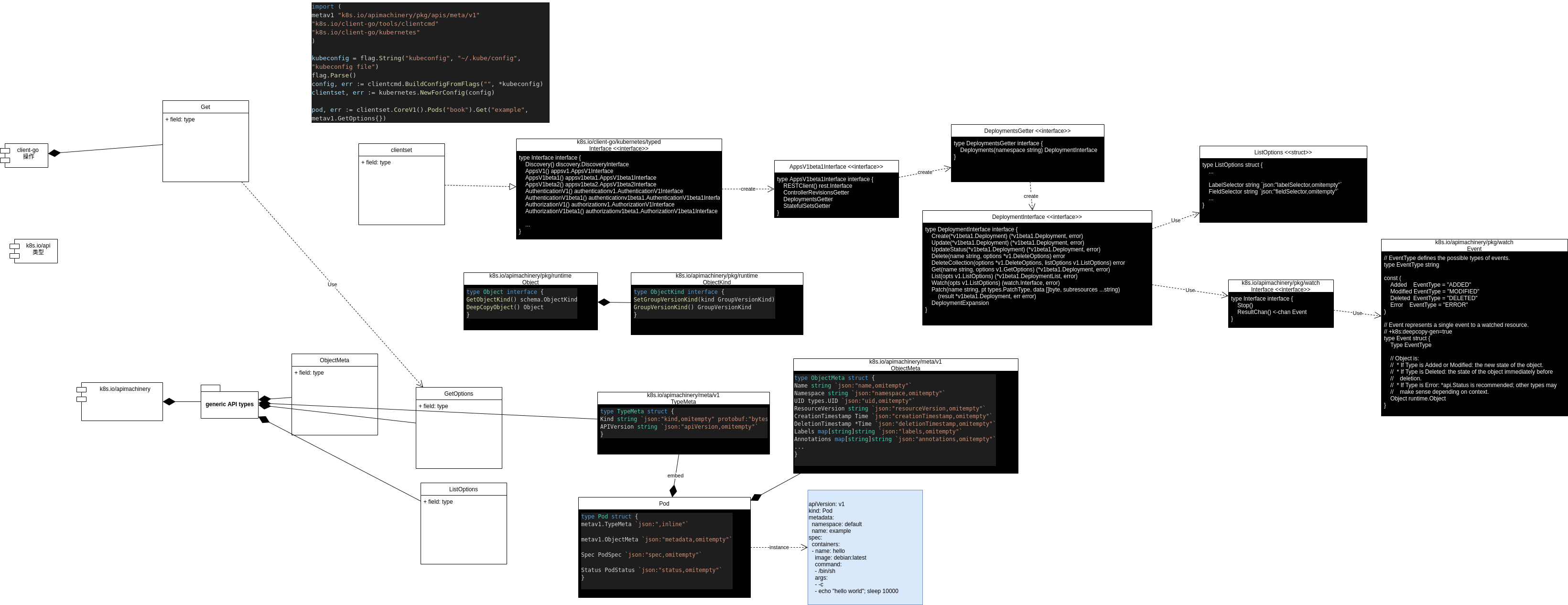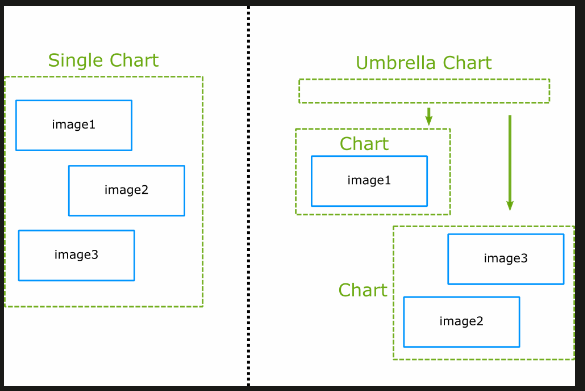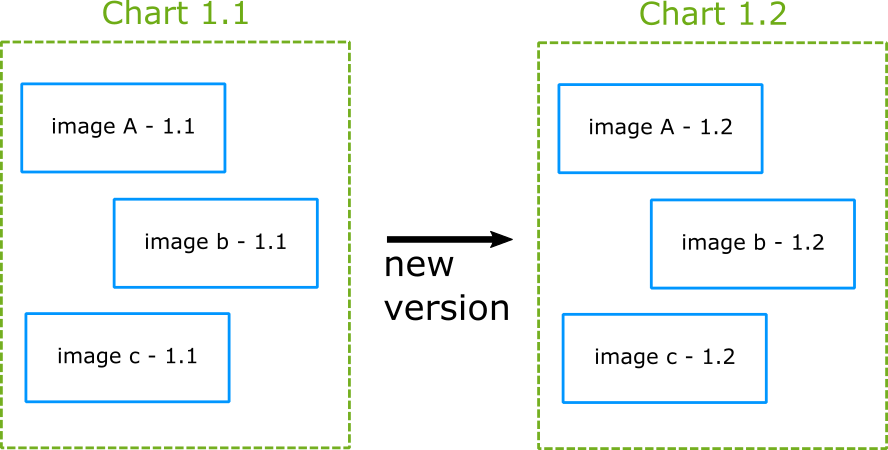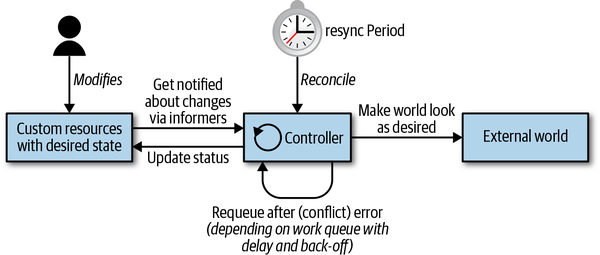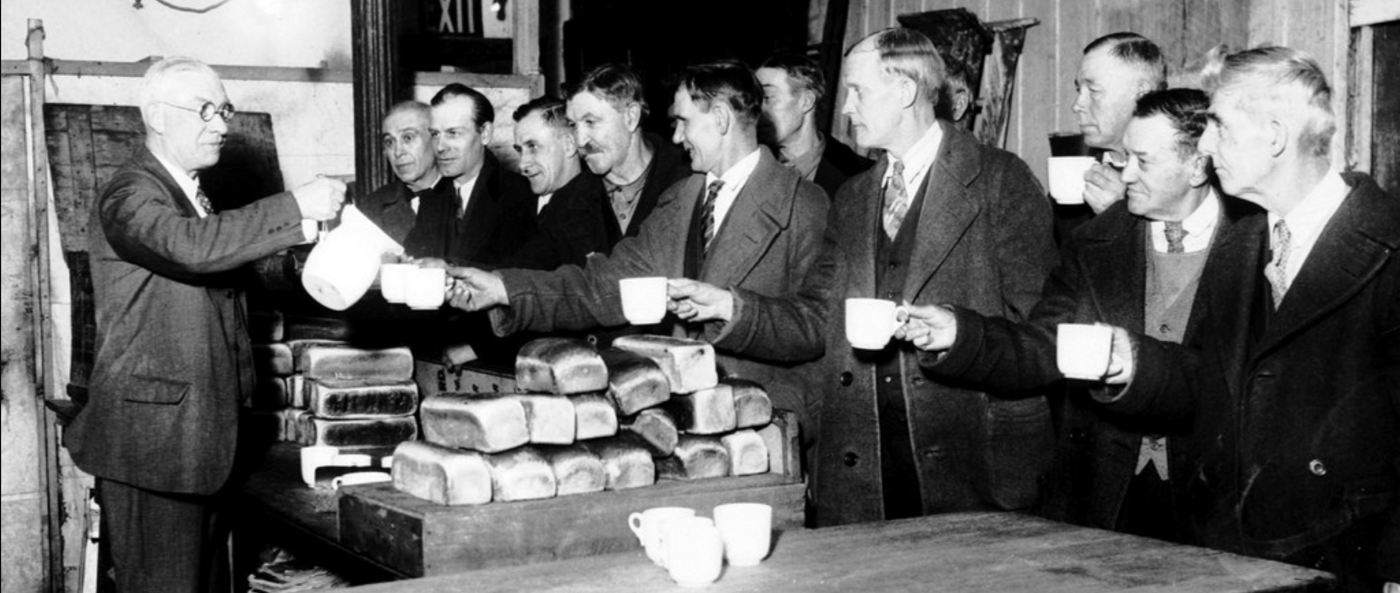

Conf
Creating spans around methods with otel.instrumentation.methods.include
Ref: https://github.com/open-telemetry/opentelemetry-java-instrumentation/blob/main/docs/manual-instrumentation.md
Format is "java -Dotel.instrumentation.methods.include=my.package.MyClass1[method1,method2];my.package.MyClass2[method3]"
Classloader
[arthas@16908]$ classloader -t
+-BootstrapClassLoader
+-io.opentelemetry.javaagent.bootstrap.AgentClassLoader@379619aa
+-sun.misc.Launcher$ExtClassLoader@41fa769c
+-com.taobao.arthas.agent.ArthasClassloader@3697b340
+-sun.misc.Launcher$AppClassLoader@18b4aac2
+-java.net.URLClassLoader@71b2d611
+-java.net.URLClassLoader@69cd1085
| +-WebAppClassLoader=266661735@fe4ef67
| | +-com.mycom.sig.foundation.servicediscovery.ExtendedClassLoader@573f7aae
| +-WebAppClassLoader=Server Initiated@1ccb04b3
| | +-com.mycom.sig.foundation.servicediscovery.ExtendedClassLoader@4b3b9a06
| | +-jnr.ffi.provider.jffi.AsmClassLoader@73cb9ccb
| | +-jnr.ffi.provider.jffi.AsmClassLoader@7c380e94
| | +-jnr.ffi.provider.jffi.AsmClassLoader@69ec5d1f
| +-WebAppClassLoader=OAuth Server@10d98940
| | +-com.mycom.ece.common.svcfinder.ExtendedClassLoader@3528968e
| | +-com.mycom.sig.foundation.servicediscovery.ExtendedClassLoader@2919aff3
| | +-jnr.ffi.provider.jffi.AsmClassLoader@1b0e6bac
| | +-jnr.ffi.provider.jffi.AsmClassLoader@2f12d8d1
| | +-jnr.ffi.provider.jffi.AsmClassLoader@73123f21
| +-WebAppClassLoader=1133988396@43974a2c
| +-com.mycom.sig.foundation.servicediscovery.ExtendedClassLoader@39d87c5f
+-java.net.URLClassLoader@1b4c457c
+-java.net.URLClassLoader@3a477cf5
Affect(row-cnt:24) cost in 31 ms.
[arthas@16908]$ classloader
name numberOfInstances loadedCountTotal
org.eclipse.jetty.webapp.WebAppClassLoader 4 24687
BootstrapClassLoader 1 4341
io.opentelemetry.javaagent.bootstrap.AgentClassLoader 1 3502
com.taobao.arthas.agent.ArthasClassloader 1 1430
java.net.URLClassLoader 4 1252
sun.misc.Launcher$AppClassLoader 1 570
sun.reflect.DelegatingClassLoader 378 378
sun.misc.Launcher$ExtClassLoader 1 56
jnr.ffi.provider.jffi.AsmClassLoader 6 8
com.mycom.sig.foundation.servicediscovery.ExtendedClassLoader 4 6
com.mycom.ece.common.svcfinder.ExtendedClassLoader 1 1
1
2
3
4
5
6
7
8
9
10
11
12
13
14
15
16
17
18
19
20
21
22
23
24
25
26
27
28
29
30
31
32
33
34
35
36
37
38
39
40
41
42
43
44
45
46
47
48
49
50
51
52
53
54
55
56
57
58
59
60
61
62
63
|
[arthas@16908]$ jad -c 1ccb04b3 com.mycom.jee.abc.client.service.payload.ClientResponse setProjectName
ClassLoader:
+-WebAppClassLoader=Server Initiated@1ccb04b3
+-java.net.URLClassLoader@69cd1085
+-sun.misc.Launcher$AppClassLoader@18b4aac2
+-sun.misc.Launcher$ExtClassLoader@41fa769c
Location:
/var/lib/modules/DP-OAuth-Traffic/tmp/server-initiated-aa-war.war/webapp/WEB-INF/lib/clients-api-3.19.5.jar
public void setProjectName(String string) {
StackTraceElement[] stackTraceElementArray;
/*729*/ Context context = null;
Scope scope = null;
try {
stackTraceElementArray = Thread.currentThread().getStackTrace();
context = MethodTracer.tracer().startSpan(ClientResponse.class.getMethod("setProjectName", String.class), stackTraceElementArray, new Object[]{string});
if (context != null) {
scope = context.makeCurrent();
}
}
catch (Throwable throwable) {
try {
LoggerFactory.getLogger(ExceptionLogger.class).debug("Failed to handle exception in instrumentation for com.mycom.jee.abc.client.service.payload.ClientResponse on sun.misc.Launcher$AppClassLoader@18b4aac2", thr$
wable);
}
catch (Throwable throwable2) {
}
}
stackTraceElementArray = this;
String projectName = string;
try {
this.projectName = projectName;
stackTraceElementArray = null;
}
catch (Throwable throwable) {
// empty catch block
}
try {
if (context != null) {
scope.close();
if (stackTraceElementArray != null) {
MethodTracer.tracer().endExceptionally(context, (Throwable)stackTraceElementArray);
} else {
Span span = Span.fromContext(context);
span.setAttribute(MethodTracer.JAVA_METHOD_RETURN.getKey(), null == null ? "null" : ((Object)null).toString());
MethodTracer.tracer().end(context);
}
}
}
catch (Throwable throwable) {
try {
LoggerFactory.getLogger(ExceptionLogger.class).debug("Failed to handle exception in instrumentation for com.mycom.jee.abc.client.service.payload.ClientResponse on sun.misc.Launcher$AppClassLoader@18b4aac2", thro
wable);
}
catch (Throwable throwable3) {
}
}
if (stackTraceElementArray != null) {
throw stackTraceElementArray;
}
}
|
[arthas@16908]$ sc io.opentelemetry.javaagent.instrumentation.methods.MethodInstrumentationModule
io.opentelemetry.javaagent.instrumentation.methods.MethodInstrumentationModule
Affect(row-cnt:1) cost in 54 ms.
[arthas@16908]$ sc -d io.opentelemetry.javaagent.instrumentation.methods.MethodInstrumentationModule
class-info io.opentelemetry.javaagent.instrumentation.methods.MethodInstrumentationModule
code-source /
name io.opentelemetry.javaagent.instrumentation.methods.MethodInstrumentationModule
isInterface false
isAnnotation false
isEnum false
isAnonymousClass false
isArray false
isLocalClass false
isMemberClass false
isPrimitive false
isSynthetic false
simple-name MethodInstrumentationModule
modifier public
annotation
interfaces
super-class +-io.opentelemetry.javaagent.tooling.InstrumentationModule
+-java.lang.Object
class-loader +-io.opentelemetry.javaagent.bootstrap.AgentClassLoader@379619aa
classLoaderHash 379619aa
[arthas@16908]$ sc -d io.opentelemetry.javaagent.instrumentation.methods.MethodTracer
class-info io.opentelemetry.javaagent.instrumentation.methods.MethodTracer
code-source
name io.opentelemetry.javaagent.instrumentation.methods.MethodTracer
isInterface false
isAnnotation false
isEnum false
isAnonymousClass false
isArray false
isLocalClass false
isMemberClass false
isPrimitive false
isSynthetic false
simple-name MethodTracer
modifier public
annotation
interfaces
super-class +-io.opentelemetry.javaagent.shaded.instrumentation.api.tracer.BaseTracer
+-java.lang.Object
class-loader +-WebAppClassLoader=Server Initiated@1ccb04b3
+-java.net.URLClassLoader@69cd1085
+-sun.misc.Launcher$AppClassLoader@18b4aac2
+-sun.misc.Launcher$ExtClassLoader@41fa769c
classLoaderHash 1ccb04b3
class-info io.opentelemetry.javaagent.instrumentation.methods.MethodTracer
code-source
name io.opentelemetry.javaagent.instrumentation.methods.MethodTracer
isInterface false
isAnnotation false
isEnum false
isAnonymousClass false
isArray false
isLocalClass false
isMemberClass false
isPrimitive false
isSynthetic false
simple-name MethodTracer
modifier public
annotation
interfaces
super-class +-io.opentelemetry.javaagent.shaded.instrumentation.api.tracer.BaseTracer
+-java.lang.Object
class-loader +-WebAppClassLoader=OAuth Server@10d98940
+-java.net.URLClassLoader@69cd1085
+-sun.misc.Launcher$AppClassLoader@18b4aac2
+-sun.misc.Launcher$ExtClassLoader@41fa769c
classLoaderHash 10d98940
shaded
io.opentelemetry.instrumentation.api.config.Config
->
sc -d io.opentelemetry.javaagent.shaded.instrumentation.api.config.Config
[arthas@16908]$ sc -d io.opentelemetry.javaagent.shaded.instrumentation.api.config.Config
class-info io.opentelemetry.javaagent.shaded.instrumentation.api.config.Config
code-source
name io.opentelemetry.javaagent.shaded.instrumentation.api.config.Config
isInterface false
isAnnotation false
isEnum false
isAnonymousClass false
isArray false
isLocalClass false
isMemberClass false
isPrimitive false
isSynthetic false
simple-name Config
modifier abstract,public
annotation
interfaces
super-class +-java.lang.Object
class-loader
classLoaderHash null
